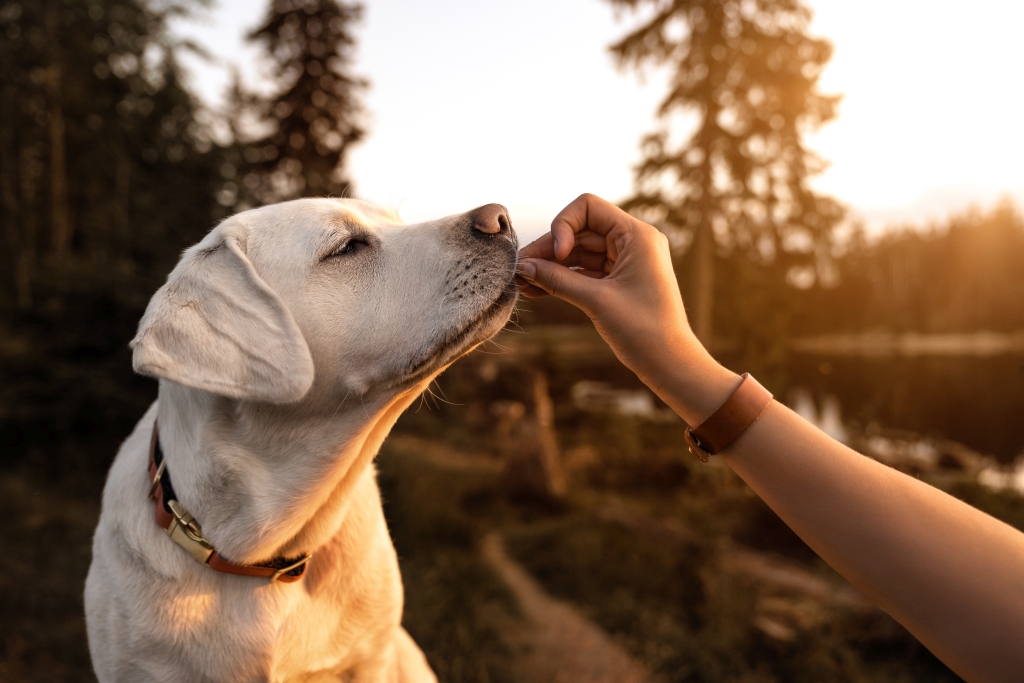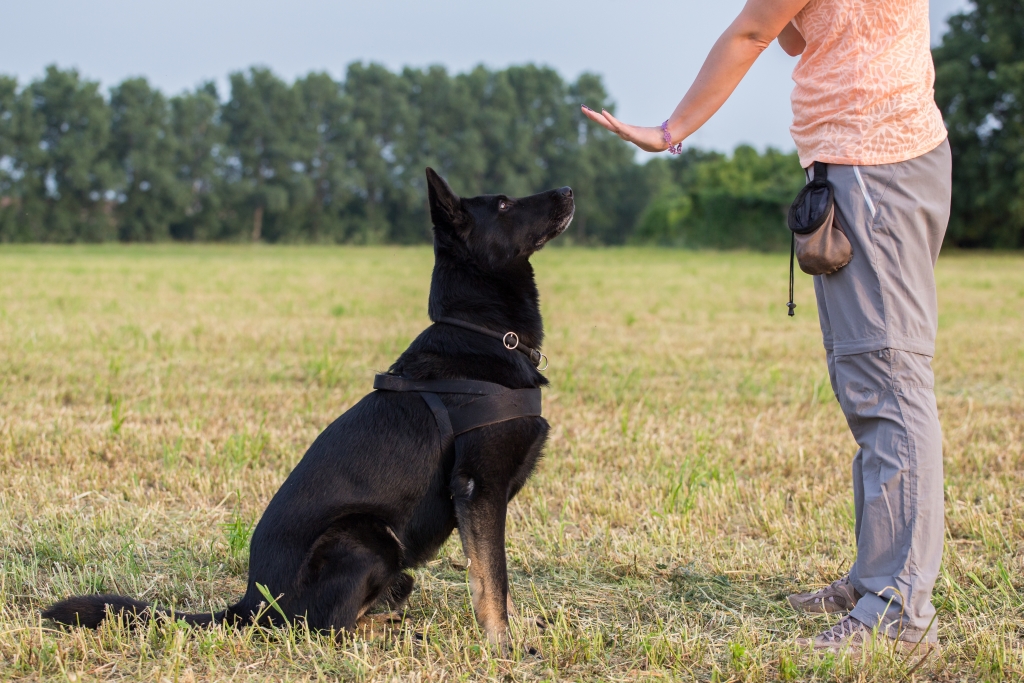There’s no way around it: any time you get a new pet, you’ll have to do some training.
Here at Mighty Pet, we believe that the best way to train a dog is through a combination of professional training and at-home reinforcement. Professional trainers can plant the seeds of healthy behavior in your dog, and you can encourage it at home.
Many new pet parents are overwhelmed by the prospect of at-home dog training, but it’s not as complicated as you might think. In this blog, we’ll go over some tips for how to best reinforce your dog’s training at home.
The First 7 Things to Teach Your Dog
The Golden Rules of Dog Training
Dog Training Basics
What is the 3/3/3 Rule for Dogs?
What is the 90/10 Rule for Dogs?
Dog Boarding and Training Near You
The First 7 Things to Teach Your Dog
Before doing anything else, there are 7 fundamental commands to teach your dog:
- Train your dog to sit
- Train your dog to lay down
- Train your dog to stay
- Train your dog to heel
- Train your dog to come
- Teach your dog “no”
- Teach your dog “off”
These commands form the foundation for effective communication. They are vital for halting unwanted behavior and keeping your dog, other dogs, and the people around you safe. Commands like “sit” and “lay down” encourage basic obedience, and are also tools to keep your dog calm and composed.
“Off” and “no” establish boundaries and discourage your dog from engaging inappropriately with other dogs or with people. Teaching your dog to “stay,” “heel” and “come” encourages healthy leash training, and ensures that he will be by your side when you need him to be.
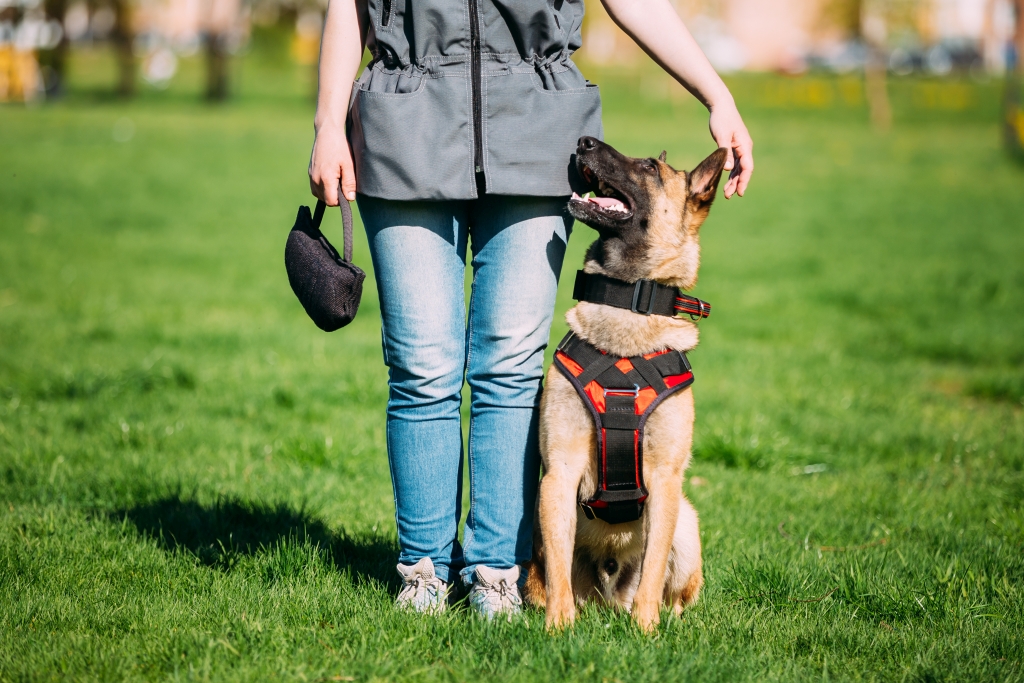
The Golden Rules of Dog Training
When training your dog at home, there are 5 major rules to keep in mind. These simple principles will help you effectively communicate your expectations to your dog, and will keep him motivated to improve his behavior.
- Go at your dog’s pace: When it comes to training, different dogs have different needs. A brand new puppy may be able to learn and lock in commands quickly, while an older rescue dog may need more time to process the training. Don’t force your dog to do too much, too fast, because overwhelming him will only make training harder.
- Consistency and patience are key: This goes hand in hand with the previous rule. We don’t expect babies to walk flawlessly the first time they stand up. By the same token, we shouldn’t expect our puppies to instantly sit and stay the first time we ask them to do so. While some dogs will learn faster than others, staying patient and maintaining a consistent training routine will pay off in the end.
- Make the reward worthwhile: It may take some experimenting, but find a reward that really motivates your dog. This may be a small dog training treat (always be careful not to overfeed your dog during training), pets and praise, or a combination of these things. Training won’t go as efficiently if you choose a reward that your dog is uninterested in.

- Set your dog up for success: Just like a good teacher will do their best to make sure no students fail, you should provide your dog with everything he needs to succeed in his training. For instance, trying to train a sleepy pup right before his bedtime isn’t going to be pleasant for either of you. Work with his natural schedule and choose a time during the day when he’s happy and at a good energy level.
Similarly, when you find methods that work well with your dog, embrace them. If your dog seems more comfortable in a group than on his own, consider signing him up for group dog training classes.
- Never punish: Studies show that reward-based training is far more effective–and humane–than punishment based training. It also makes the entire training process more enjoyable for both you and your dog, and builds a much stronger bond between you. What’s more, this is the best way to enforce what your dog is learning from his professional trainers.
Good trainers will never use punishment based methods. For instance, here at Mighty Pet, we exclusively use Least Intrusive, Minimally Aversive (LIMA) training methods. You will only confuse your dog by switching methods at home. To put it simply: for the best results all around, there’s no question that your training should be motivated by reward rather than punishment.
Dog Training Basics
As you reinforce your dog’s training at home, there are a few key guidelines to follow. Some of the best tips for successfully training your dog are as follows:
- Minimize Distractions: Eventually, your dog will have a good grasp on his commands and will be able to perform them despite any nearby distractions. At first, however, it’s important to create an environment where he can stay totally focused on you and your shared training goals.
- Be Clear and Calm: When giving your dog commands, express yourself clearly and calmly. If you seem upset, overwhelmed, or you aren’t clear in your communication, your dog may not respond positively. Enunciate well and use a tone that is firm, but not angry, to get your message across.

- Short But Sweet: To keep your dog from getting overwhelmed, break up your training into short, consistent sessions. Your pup will learn much better with regular, brief intervals than with a marathon training session that will tire him out and leave him confused.
- End On A Happy Note: Always try to end your training session with a command your dog knows and performs well. That way, you’re wrapping up on a positive note, and your dog will look forward to the next session!
- Have Fun: Training isn’t just important for your dog’s obedience. It’s a crucial part of bonding with your new pet. You want that bond to be based on mutual love, trust and happiness. So, make training sessions a fun occasion for you and your dog.
What Is The 3/3/3 Rule For Dogs?
This is an important rule of thumb for new dog owners to keep in mind during those early training days. The 3/3/3 rule states that, on average, dogs will take about 3 days to stop feeling overwhelmed and nervous in their new settings, about 3 weeks to truly settle in and feel comfortable, and about 3 months to build trust and bond with their owners.
This is just a rule of thumb. Your dog may take more or less time to adjust, and that doesn’t necessarily mean that something is wrong. For example, a dog that comes from an abusive or neglectful background may have more trouble getting comfortable in his new home–and that’s neither your fault, nor his fault. However, if your dog doesn’t seem to be warming up to you at all, it’s always worth talking to your vet.
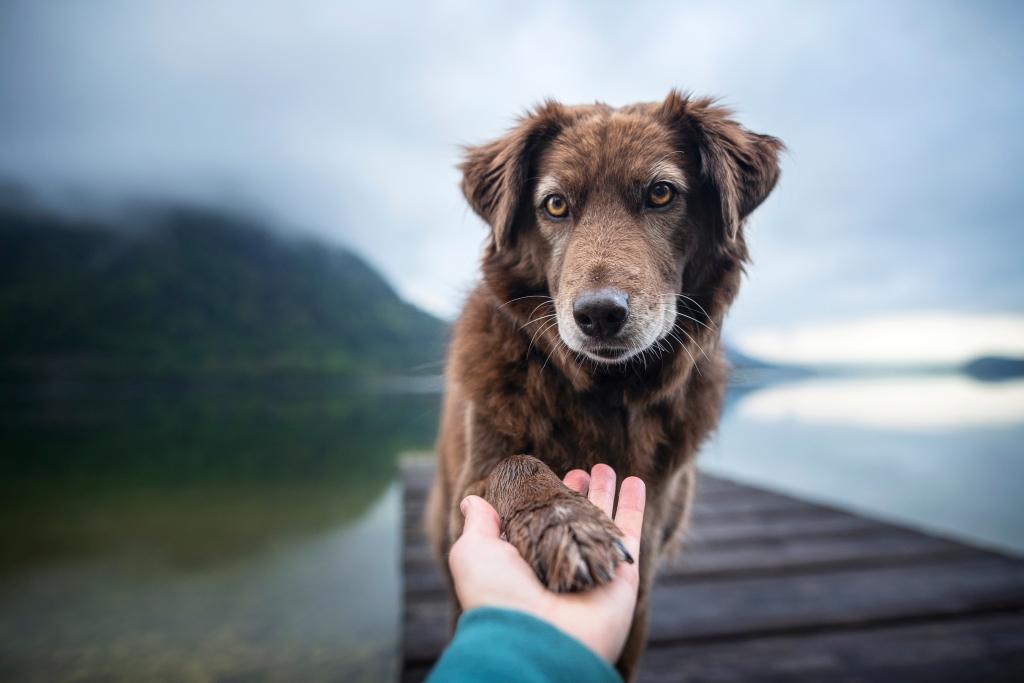
What Is The 90/10 Rule For Dogs?
Another important rule to remember when training your dog is the 90/10 rule. This nutrition guideline states that at least 90% of a dog’s calories should come from a complete and balanced diet, while up to 10% can come from treats.
Your vet can help you determine what a balanced diet looks like for your dog, including how many calories he should consume per day. This changes based on your dog’s age, weight and size, so if your dog is growing, be sure to check in with your vet regularly.
Your local pet supply store can help you find the food that fits your vet’s recommendations. Here at Mighty Pet, we take pride in stocking a huge range of dog food brands and varieties meant to suit any pet’s needs.
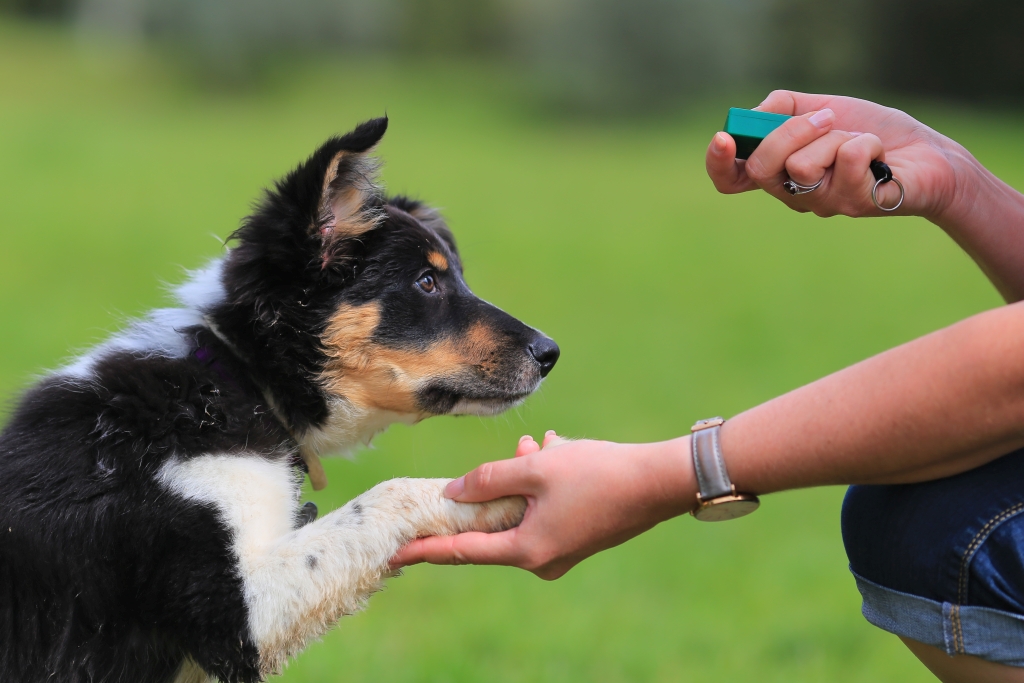
Dog Boarding and Training Near You
Now that you have a better idea of what the dog training process will look like, it’s time to look for professional training services near you. Trainers offer sessions to suit your schedule and specific needs, whether that’s leash training or general obedience instruction.
If you need some extra help with dog training, services near you may offer day programs or boarding programs. That way, your dog will get some extra time with professional staff, and finish the program better prepared to behave at home.
Here at Mighty Pet in Menominee, Michigan, our certified and experienced dog trainers are well prepared to help with any of your dog’s needs. With short or extended programs, including a doggy day camp, our professional trainers are equipped to handle everything from basic puppy training to dogs with anxiety or aggression problems. If you’re a new pet parent wondering where to start, give us a call or stop by the store, and let’s start training your dog today!
